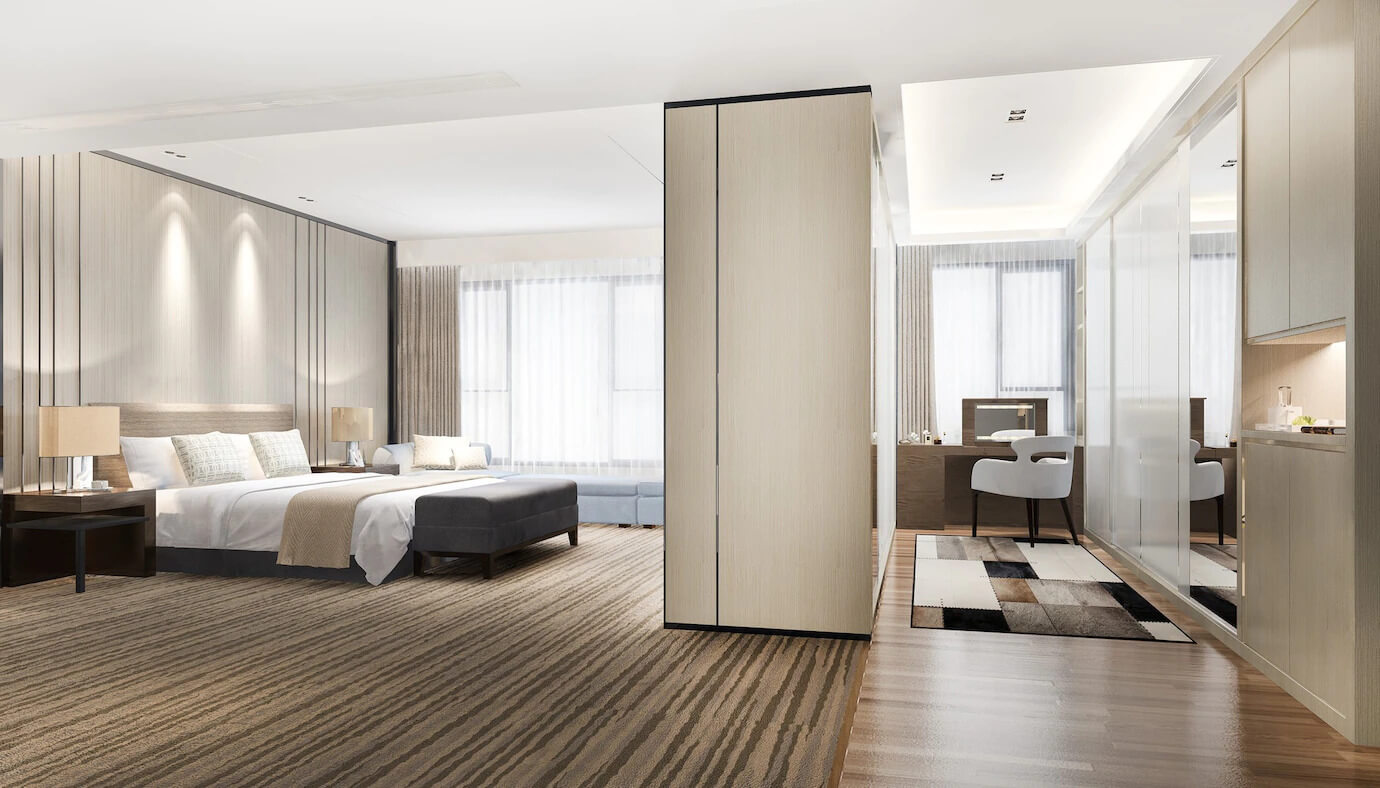
How to Ensure Your Interior Project Stays on Track: Tips for Homeowners – [Duplicated] – [Duplicated]
Starting an interior design project is an exciting opportunity to transform your space, but without proper planning, it can quickly become stressful. From unexpected delays to budget overruns and miscommunication, there are several common challenges that can derail your progress. To help your project stay on track and run smoothly, here are key tips every homeowner should keep in mind.
1. Set Clear Goals from the Start
Before any work begins, define your expectations, preferred design style, and functional requirements. Share these with your designer to ensure everyone is aligned from day one. A shared vision helps guide decisions and prevents confusion later.
2. Establish a Realistic Budget
A well-planned budget is essential to avoid financial surprises. Discuss expected costs upfront with your designer or contractor, and always include a contingency fund—typically 10–15%—to cover unexpected expenses or changes.
3. Stick to a Well-Defined Timeline
Work with your team to create a detailed project schedule, including key phases like design development, procurement, construction, and installation. Set clear milestones and conduct regular progress checks to keep things moving.
4. Communicate Regularly
Consistent, open communication is vital. Schedule weekly or bi-weekly updates with your designer and contractors to review progress, troubleshoot issues, and make timely decisions. Clear communication minimizes misunderstandings and delays.
5. Document Everything
Put all agreements in writing—this includes contracts, approved designs, material selections, and payment schedules. Having everything documented reduces ambiguity and provides a solid reference in case questions or disputes arise.
6. Be Decisive, Yet Flexible
Timely decision-making helps avoid delays. While it’s important to stick to your vision, be open to adjustments if challenges occur. Delays often stem from indecision, particularly around material choices or change requests.
7. Trust Your Designer’s Expertise
While your preferences matter, remember that your designer brings experience and problem-solving skills to the table. Trust their judgment and be open to their suggestions—they may offer solutions that enhance your space beyond what you originally imagined.
8. Monitor Progress and Quality
Visit the site at key stages to review progress and ensure the work aligns with the design plan. Keep an eye on material quality and craftsmanship, and flag any concerns early to prevent more serious issues down the line.
9. Expect Delays—But Plan to Minimize Them
Delays are sometimes inevitable due to factors like shipping, labor shortages, or weather. Building a buffer into your timeline allows for flexibility and reduces stress. However, proactive planning and fast decision-making can help keep disruptions to a minimum.
10. Stay Focused on the Final Goal
Interior projects can be demanding, especially during messy or slow phases. When things get tough, remind yourself of the end result—a beautiful, functional space that reflects your lifestyle and taste. Your patience and planning will pay off.
A successful interior design project is the result of thoughtful planning, clear communication, and a collaborative approach. When managed well, the process stays on track, decisions feel easier, and the experience becomes far more enjoyable. With the right preparation and team, you'll soon be living in a space that not only looks great but truly feels like home. Happy designing!
